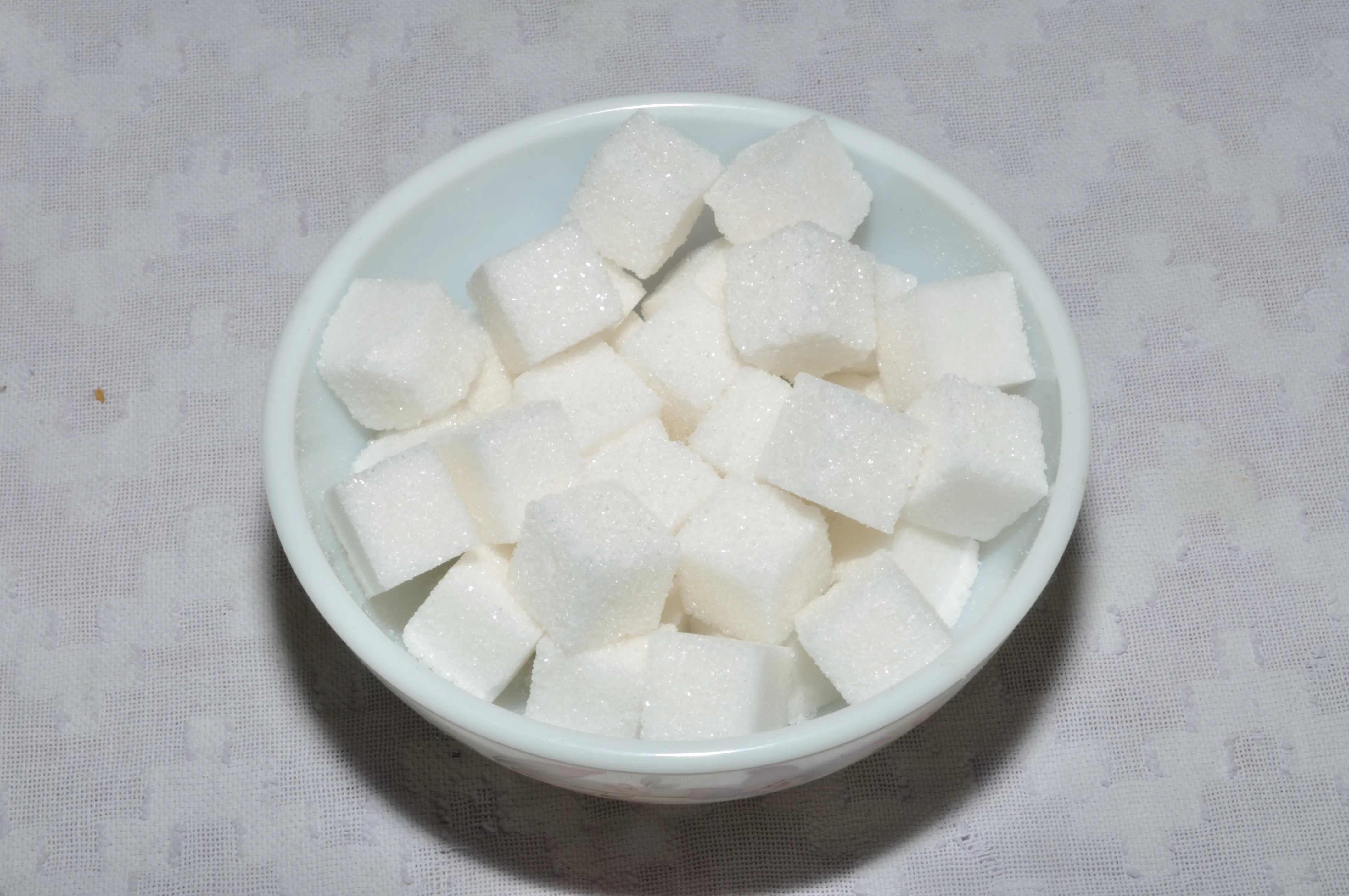Blog
How a Ketogenic Diet Can Stop Sugar Addiction
By recent ASU nutrition student Alysia Nelson
Part of an ongoing series of articles on the Ketogenic Diet
“Sweet is the first taste humans prefer from birth,” says Christine Gerbstadt, MD, RD, a dietitian and American Dietetic Association (ADA) spokeswoman.1 We have been told for some time now that sugar addiction is real and can be just as addictive as any other form of drug.2 Sugar addiction has behavioral responses similar to substance abuse and sugar addiction relies on similar neurobiological circuits (units of nervous system cells) that process information and control behavior.2 However, we also know that naturally occurring sugars (found in fruits and lactose) are necessary for the brain to maintain daily functions.3 The problem isn’t consuming natural sugars, it’s overindulging in a sugar bender. To understand sugar addiction, we must understand what a sugar craving is and why we have them, what the difference is between a natural and processed sugar, and how to eliminate sugar cravings using a ketogenic diet.

What is a sugar craving? It is a selective hunger or an intense desire to consume sugar. Typically, a sugar craving is a sign that something in your diet is lacking at that moment; it can mean that you didn’t eat the right food or consume enough calories.4 Since we know that the brain uses sugar as its main energy source, not having enough of the right calories means that the body needs to get more fuel.1 Sugar is the quickest to get energy thus signaling a sugar craving. If you try to fulfill this craving by using an artificial sweetener, the body isn’t really getting the fuel it is looking for creating the same craving as you once had before.1
Natural vs. Added Sugars. A naturally occurring sugar is one that is naturally found in food fruits (fructose) and milk (lactose). An added sugar includes any sugars or caloric sweeteners added to food and beverages prior to consumption. The FDA recognizes the following as added sugars:
- anhydrous dextrose
- brown sugar
- confectioner’s powdered sugar
- corn syrup
- corn syrup solids
- dextrose
- fructose
- high-fructose corn syrup (HFCS)
- honey
- invert sugar
- lactose
- malt syrup
- maltose
- maple syrup
- molasses
- nectars (e.g., peach nectar, pear nectar)
- pancake syrup
- raw sugar
- sucrose
- sugar
- white granulated sugar
How a Ketogenic Diet Can Help. The subconscious brain is smart and uses food for survival. Processed carbohydrates are known to cause many changes in blood glucose levels.4 When blood glucose levels drop too low, the brain triggers an intense sugar craving with the intent to get you to resupply its fuel source.4 If the body believes that sugar is the result of the craving, it sends out a feeling of reward and pleasure to continue the cycle.4 A Ketogenic Diet can be the perfect way to put an end to sugar addiction and here’s why:
- A Ketogenic Diet limits the amount of carbohydrates consumed relieving the body of up and down glucose levels.5 When blood glucose levels rise, the body secretes the hormone insulin to lower blood sugar.5 Too much of this reaction can lead to insulin efficiency (insulin resistance). A Ketogenic Diet stabilizes blood glucose levels and improves insulin sensitivity.5
- A Ketogenic Diet uses fat as its main source of fuel, not sugar. Fat leaves individuals feeling fuller and satisfied longer.5
- A Ketogenic Diet contains foods that can quickly stabilize blood sugar such as cheese, nuts, seeds, and hard-boiled eggs.5
- A Ketogenic Diet includes “Approved” sugars such as stevia, erythritol, xylitol, and swerve.5 Since consuming sugar influences brain satisfaction, sugar cravings are still possible. These Keto approved sweeteners can be used when an individual on this diet has an urge for something sweet without reaping the cost of changing blood glucose levels.
1 Fries, Wendy C. “13 Ways to Fight Sugar Cravings.” WebMD, WebMD, www.webmd.com/diet/features/13-ways-to-fight-sugar-cravings#1.
2 Lennerz, B, and J K Lennerz. “Food Addiction, High-Glycemic-Index Carbohydrates, and Obesity.” Clinical Chemistry., U.S. National Library of Medicine, Jan. 2018, www.ncbi.nlm.nih.gov/pubmed/29158252.
3 Sugar and the Brain.” Sugar and the Brain | Department of Neurobiology, neuro.hms.harvard.edu/harvard-mahoney-neuroscience-institute/brain-newsletter/and-brain-series/sugar-and-brain.
4 Sugar 101, www.heart.org/HEARTORG/HealthyLiving/HealthyEating/Nutrition/Sugar-101_UCM_306024_Article.jsp#.Ws576ojwbIU.
Editor’s Note: Fill Your Plate neither endorses or supports this type of diet, but encourages readers to always consult with your doctor regarding special diets. This series shares one nutrition student’s experience with the diet.
















